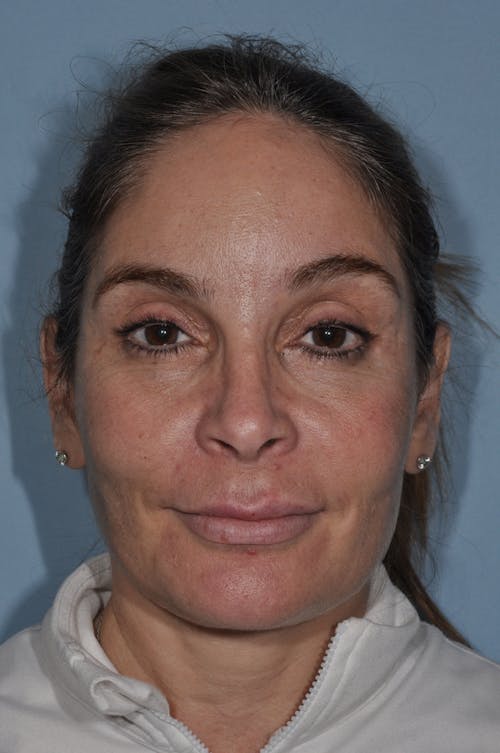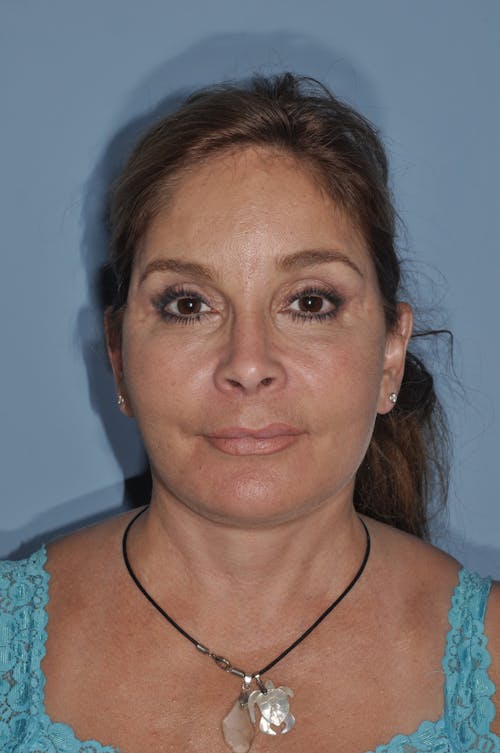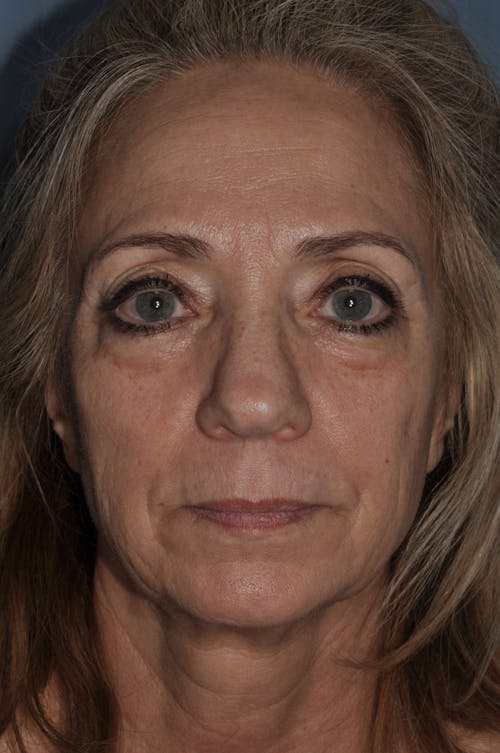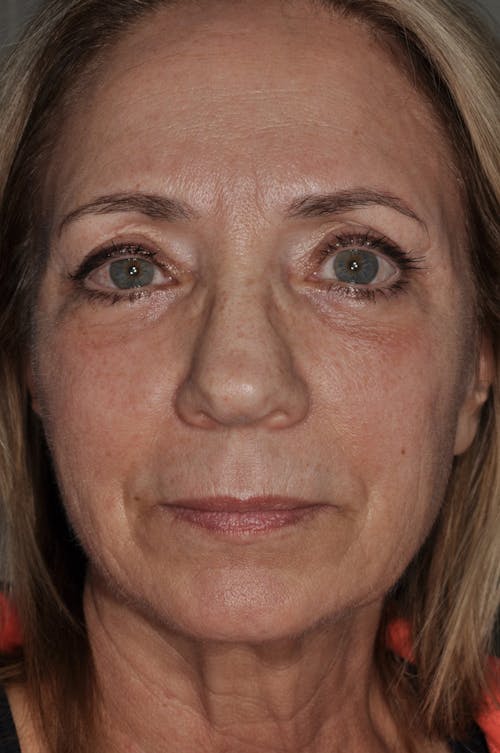Thanks to recent advancements in plastic surgery technology, facial fat transfer has arrived as a wonderful method of facial rejuvenation. As we age, our faces become gaunt as we lose fat under our skin, and our skin itself starts to loosen and fold, creating wrinkles and lines. By restoring volume to the face, facial fat transfer can eliminate hollow eyes, temples, and cheekbones, even smoothing out lines by lips or the deep creases between the nose and the corners of the mouth. With facial fat transfer, you can finally have long-lasting, natural facial rejuvenation.
The Science of Facial Fat Transfer
Facial fat transfer is more than an addition to your face—it can truly rejuvenate it from the cellular level. Facial fat transfer is just another way to approach facial rejuvenation from a new dimension; by using your own tissue, facial fat transfer can provide volume that can be seamlessly integrated into your own body. It’s your own tissue; it will look, feel, and move in a way that’s as natural as possible. It can also eventually receive its own blood supply, which is essential for creating a natural drainage system for the skin. Signs of aging like spider veins develop as a result of a “backup” in the vasculature, and by adding fat and an eventual growth in blood supply, there’s less of a risk of spider vein development. What’s even more remarkable is that these fat grafts contain regenerative cells that can rejuvenate and repair skin cells, so fat grafts have the ability to create healthy, youthful, glowing skin from the inside out.










